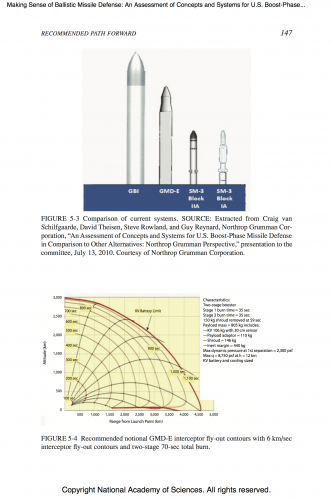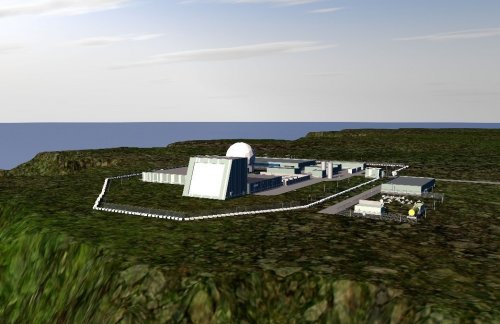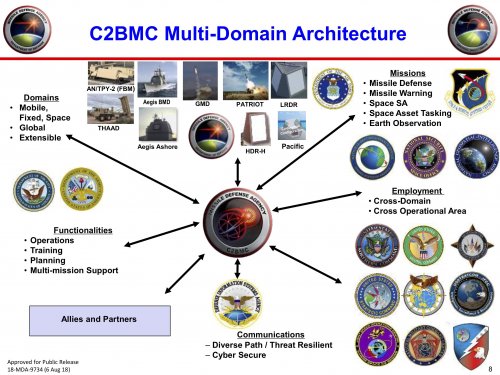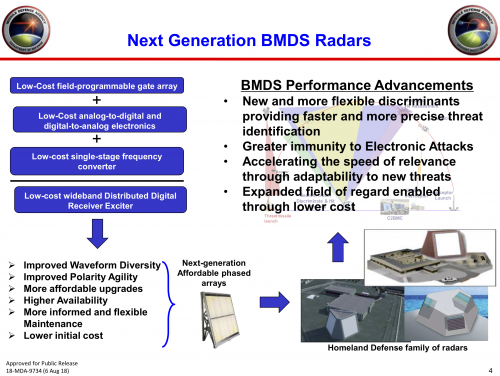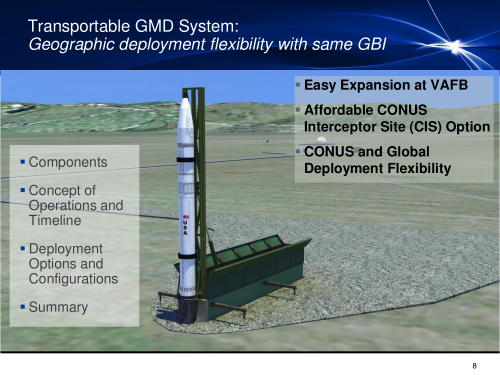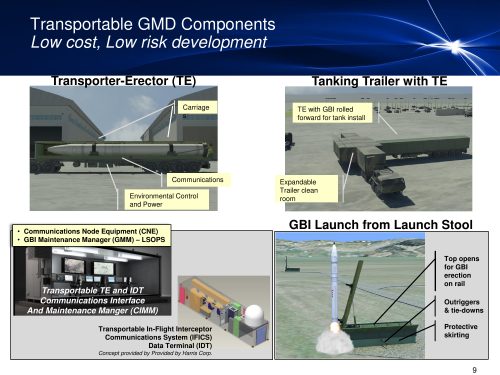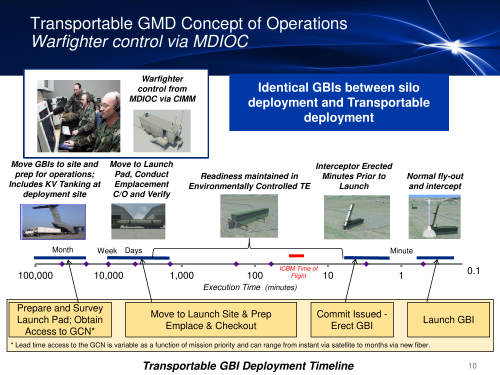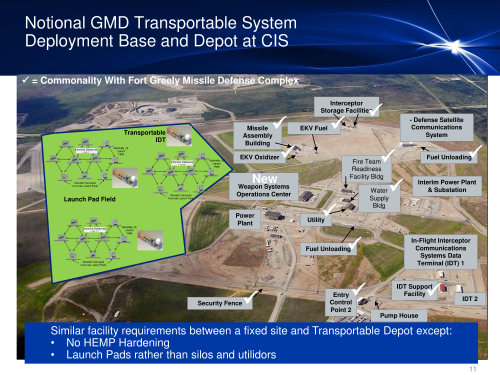Kadija_Man said:... [snip] ...
If it ever comes down to a massed, nuclear exchange, how well will those 40+ ground based interceptors perform against the hundreds, if not thousands of warhead headed towards the US? Let us be realistic about this, please. Considering the high rate of failures displayed thus far in tests of the system, it doesn't look like money well spent IMHO.
"Rational" actors don't contemplate the use of nuclear weapons. They definitely don't contemplate the limited use of nuclear warheads against a word superpower. Only fools believe in such myths.
Apart from what effect
movies and other popularizations of nuclear conflicts may have on actual strategy, tactics or policy (baseless speculation very much beside the point here, really), your reasoning seems to be well and truly steeped in the kind of barely veiled threats, disdain and obfuscation in which effects driven state run media such as "RT" and "Sputnik" (and their online acolytes, foreign collusionists and botnets to boot) specialize in - known as "reflexive control" in the trade. I have not (re-)read the entirety of this discussion solely to answer your latest message but even so I believe it safe (and indeed prudent) to point out here that Russia's strategy to "de-escalate" conflicts with nuclear weapons (i.e. test adversaries' will) is not lost on anyone worth their salt within NATO countries (and other US allies) - be they politicians, activists, academics, thinktankers of both pacifist and hawkish leanings or core military professionals. There is ample data on this available online from all these (reputable) sources and also directly from published Russian military doctrine, theory and a plethora of belligerent diplomatic statements toward such jingoists as ... Denmark.
These purportedly de-escalatory strikes may involve tactical, unconventional (e.g. Status-6) or strategic use of nuclear weapons, the strategic dimension of course directly motivating the development and implementation of GBI as a believable, robust and also reproducible system. Russian scenarios of "winnable nuclear exchanges" have been actively developed and comprehensively rehearsed (on an increasing pace) during Putin's regime. These designs sometimes bear more than passing resemblance to Warsaw Pact (i.e. Soviet) designs on first use of nuclear weapons during the Cold War. One worrying side-effect of all this is the re-emergence of low yield nuclear weaponry developed exactly for de-escalation and coercion purposes, recently coupled with Russian willingness to publicly flaunt breaches of missile arms control conventions. Also notable: whenever any kind of (NATO, other US aligned) regional missile defense has been brought up under any auspices we've heard pointedly loud howls of protest from the Kremlin (and their reference groups all around), most often coupled with the laugh-out loud claim that we somehow impinge on Russia's "right" to unimpededly threaten the use of nuclear weapons by our practicing any kind of dedicated missile defense (however limited or ineffectual) at all.
By your own account then, current Russian military doctrine and leadership is not rational.
Frankly I've seen enough of this to not take seriously anyone not convinced of the need for missile defenses. Of course there's a lead time in any endeavor, successes and failures but given the already existing realities and visible trendlines inaction is not an option (and this coming from someone who reserves judgement on all defense spending and does in no way, manner or form subscribe to some "more is always better" doctrine). It's an evolution, a process and every action does have a reaction down the line. But going without GBI and all the other layers of dedicated missile defense has become unthinkable and we've got to look forward to a World with this and beyond that as well.
So, yes, let us be realistic about this, in deed.
---
Edit: marauder2048 beat me to commenting, but as I believe our messages are not entirely mutually exclusive, I'll post as is.

